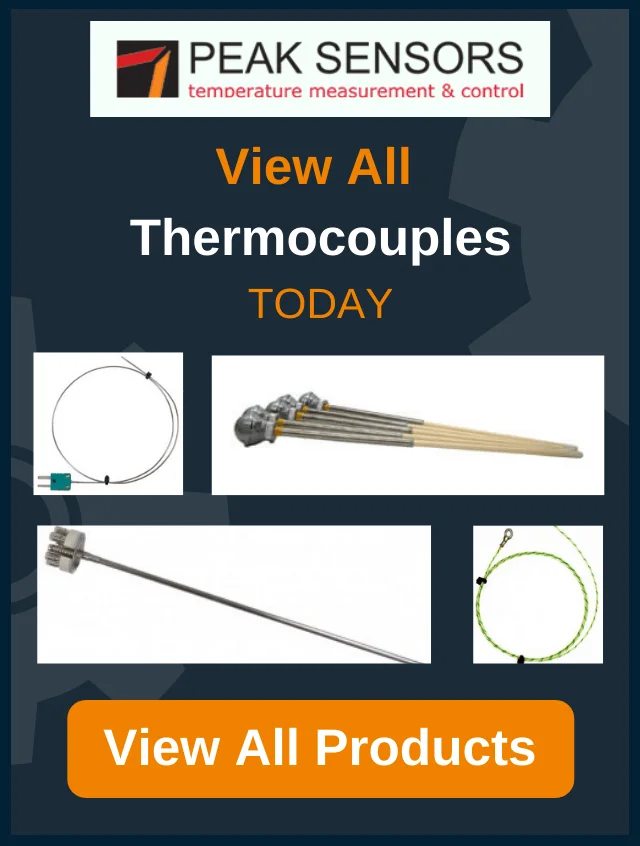PTFE vs FEP vs PFA: Differences & Definitions
Introduction
Fluoroplastics, namely PTFE, FEP, and PFA, are integral in diverse industries for their exceptional characteristics. Delving into the specifics of each variant, we unravel their unique properties, advantages, and drawbacks, aiding in informed decision-making for varied applications.
The Unique Properties of Fluoroplastics
Fluoropolymers boast extraordinary characteristics that render them indispensable across medical, automotive, electrical, and domestic applications. These include:
Very High Working Temperatures
Fluoroplastics can withstand extreme temperatures, making them ideal for applications in environments with demanding thermal conditions.
Non-Stick Characteristic
The non-stick nature of fluoroplastics, particularly evident in PTFE, contributes to their versatility, finding use in various applications where low friction and easy release properties are essential.
Low Friction Surface
The low friction surface of fluoropolymers, including FEP and PFA, makes them suitable for applications where reduced friction is crucial, such as in automotive components.
Very High Resistance to Chemicals and Solvents
Fluoroplastics exhibit remarkable resistance to a wide range of chemicals and solvents, ensuring stability and longevity in chemically aggressive environments.
Very High Electrical Resistance
With excellent electrical insulation properties, fluoropolymers are instrumental in applications where electrical resistance is critical, such as in wiring and electronic components.
Defining the Acronyms
Definition of PTFE (Polytetrafluoroethylene)
PTFE or Polytetrafluoroethylene is a high-performance fluoropolymer consisting of carbon and fluorine atoms, known for its exceptional non-stick properties, high chemical resistance, and ability to withstand extreme temperatures. Commonly recognized by the brand name Teflon, PTFE is widely used in various industries for applications requiring low friction, electrical insulation, and resistance to corrosive environments. PTFE resins have an upper service temperature of 260°C and are one of the most widely used fluoroplastic materials.
Definition of FEP (Fluoroethylenepropylene)
FEP, or Fluoroethylenepropylene, is a fluoropolymer known for its unique combination of exceptional thermal and chemical properties. It is the melt-processable variant of PTFE (Polytetrafluoroethylene) and exhibits a lower maximum operating temperature of +200°C. FEP is characterized by its ease of processing, flexibility, and notable resistance to chemicals, UV radiation, and bio-compatibility. This fluoroplastic is commonly utilized in applications where a balance of processability and performance is essential, such as in heat shrink applications and various industrial processes.
Definition of PFA (Perfluoroalkoxy)
PFA is a type of high-performance fluoropolymer characterized by its outstanding chemical resistance, high purity, and excellent temperature stability. Derived from the polymerization of perfluoropropyl vinyl ether, PFA shares similarities with FEP but boasts a higher working temperature, making it suitable for applications requiring advanced chemical resistance and elevated temperature performance, such as medical tubing, heat exchangers, semiconductor components, and various industrial uses. PFA is also one of the few plastics that are both suitable for high and low-temperature applications and can be used over the range of temperatures -268°C to 260°C.
Benefits and Drawbacks of PTFE
Benefits of PTFE
- Best price-to-performance ratio.
- Continuous working temperature of +260°C.
- Resistance to nearly all chemicals.
- Highly non-stick surface.
- Ideal for electrical insulation and electronic component protection.
Drawbacks of PTFE
- Challenging processing due to non-melting characteristics.
Benefits and Drawbacks of FEP
Benefits of FEP
- Welding and re-moulding capabilities.
- Operating temperatures of -200°C to +200°C.
- Chemical and UV resistance.
- Bio-compatible.
- Suitable for heat shrink applications.
Drawbacks of FEP
- Lower maximum operating temperature compared to PTFE.
Benefits and Drawbacks of PFA
Benefits of PFA
- Continuous working temperature for high and low applications, and can be used over the range of -268°C +260°C.
- Welding and re-moulding capabilities.
- Excellent chemical resistance at elevated temperatures.
- Bio-compatible.
- High purity grades available.
Drawbacks of PFA
- Higher cost compared to PTFE and FEP.
- Choosing the Right Fluoroplastic:
- For High Temperature and Chemical Resistance: PTFE remains unmatched.
- When Processability Matters: FEP excels with its versatility.
- High Purity and Elevated Temperature Needs: PFA stands out despite a higher cost.
Conclusion
A nuanced understanding of the unique properties, benefits, and drawbacks of PTFE, FEP, and PFA empowers decision-makers across industries. Whether it’s electrical insulation, heat shrink applications, or high-purity requirements, each fluoroplastic variant has a distinct niche, contributing to advancements in medical, automotive, and various industrial sectors. Make choices aligned with your specific application needs and elevate your project with the right fluoropolymer.
If you want to order a temperature sensor or you are unsure exactly what you need, get in touch and we can help you.

